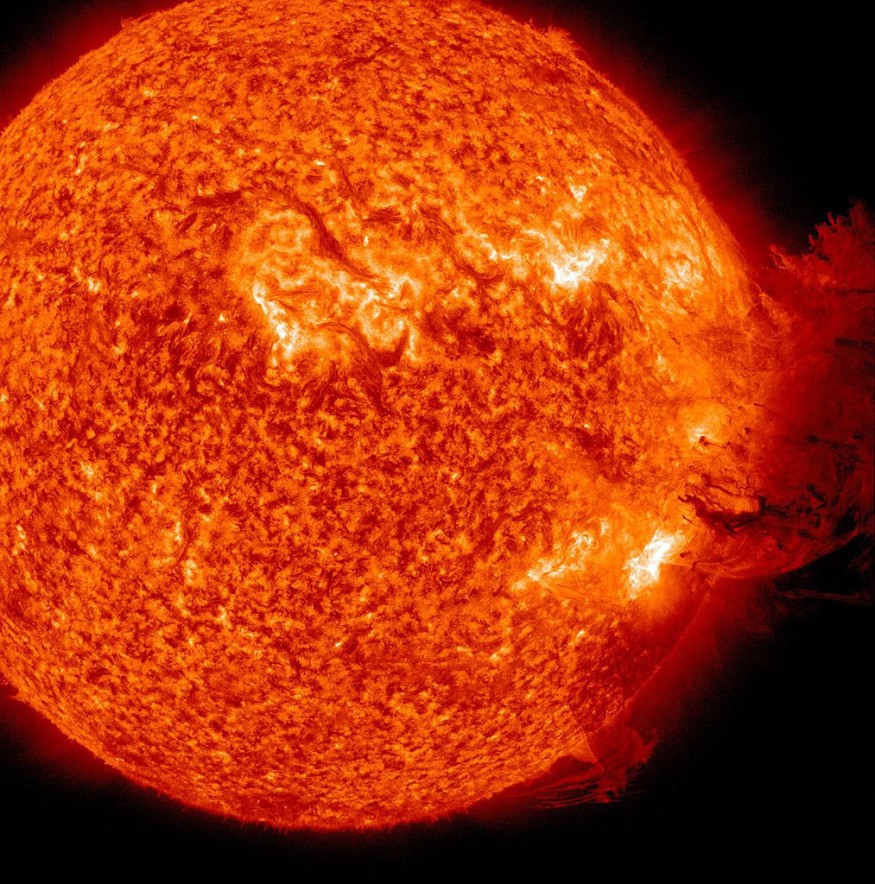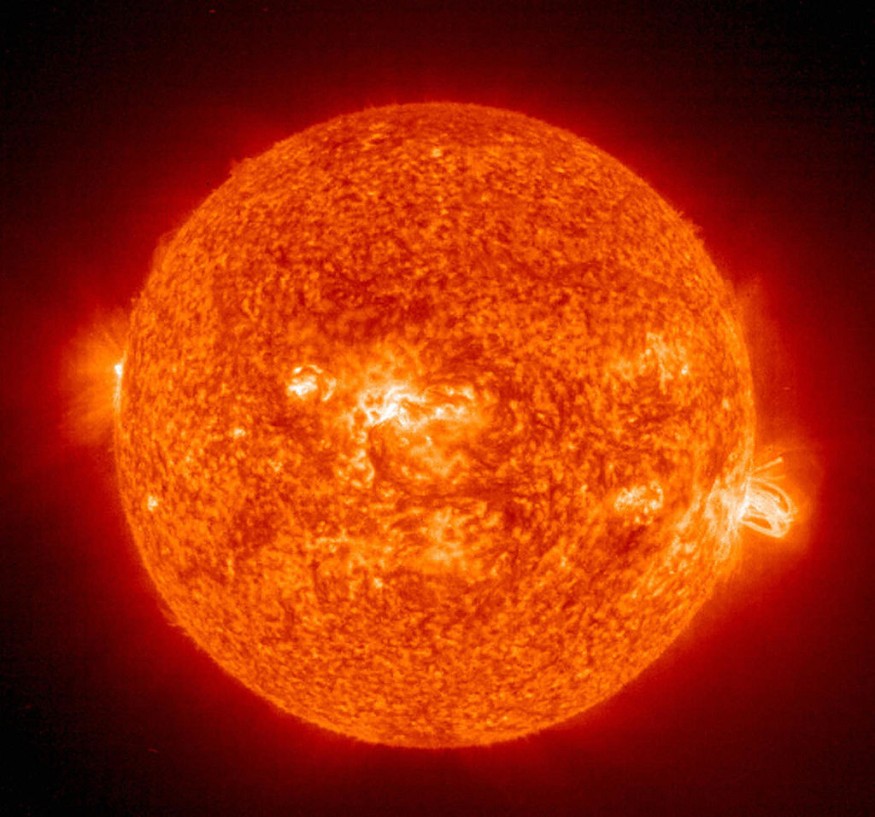These massive plasma clouds may disrupt electrical systems and satellites, but they can also produce spectacular aurora displays.
CMEs

Coronal mass ejections (CMEs) are enormous plasma and magnetic field expulsions from the corona, the sun's atmosphere.
CMEs move slower than solar flares, which are blasts of electromagnetic radiation that travel at the speed of light and reach Earth in just over 8 minutes. CMEs traveling at nearly 1,900 miles per second (3,000 kilometers per second) can reach Earth in 15 to 18 hours, while slower CMEs traveling at 155 miles per second (250 kilometers per second) can take several days, according to the National Oceanic and Atmospheric Administration's Space Weather Prediction Center.
These slower journey times are beneficial because they offer us more time to prepare for an unexpected visit. CMEs may disrupt electricity grids, telephone networks, and satellites and expose astronauts to harmful radiation dosages. CMEs, on the other hand, are a welcome guest for skywatchers worldwide since they may cause spectacular aurora displays that can be seen at latitudes far beyond their "typical" polar range.
According to NOAA, coronal mass ejections are caused by the twisting and realignment of the sun's magnetic field, known as magnetic reconnection. When magnetic field lines "tangle," intense localized magnetic fields emerge, which can break through the sun's surface at active spots, resulting in CMEs.
CMEs mainly occur around sunspot groups and are frequently accompanied by solar flares, though the two do not necessarily happen simultaneously. In fact, according to the University Corporation for Atmospheric Research's (UCAR) Center for Science Education, experts are still unsure how the two phenomena are connected.
CMEs, like solar flares, are most prevalent during solar maximum, the 11 years when the sun is most active. CMEs swell in size as they move away from the sun after being emitted.
"By the time it reaches our planet, larger CMEs can cover over a fifth of the distance between Earth and the sun," according to NOAA.
According to NOAA, if a CME is large enough and travels faster than the solar wind, it causes a shock wave. Accelerated charged particles go ahead of the CME, disrupting space weather conditions and increasing geomagnetic storms.
Aurora
Aurora displays are created when instabilities in the Earth's magnetic field funnel ions down to the poles. They crash with oxygen and nitrogen atoms in the atmosphere, brilliant aurora light showing around the polar regions. The phenomenon is known as the northern lights (aurora borealis) in the Northern Hemisphere and the southern lights in the Southern Hemisphere (aurora australis).
Usually, these brilliant light shows are limited to the polar regions. Still, auroras may be visible at far lower latitudes during major magnetic disturbances generated by a CME, according to ESA.
Carrington Event

According to NASA, the Carrington Event - a massive solar storm sparked by a CME - caused aurora displays in tropical latitudes over Cuba, the Bahamas, Jamaica, El Salvador, and Hawaii in 1859. (opens in new tab).
However, CMEs do not always cause spectacular auroral displays; the degree of magnetic disruption caused by a CME is determined by the magnetic fields of the CME and the Earth. If the magnetic field of the CME is aligned with Earth's, pointing south to north, the CME will pass by with little impact. If the CME is directed in the other direction, it can restructure Earth's magnetic field(opens in new tab), resulting in spectacular auroral light displays.
Causing Trouble
Large CMEs can create technical failures, particularly problematic in today's environment.
The Carrington Event in 1859 resulted in telegraph system outages worldwide. According to History.com, there were even stories of operators suffering electric shocks and sparks showering from telegraph machines, lighting papers fire, according to History.com(opens in new tab). According to a NASA statement, a CME followed a solar flare that hit Earth in 1989, throwing the whole province of Quebec, Canada, into an electrical outage that lasted 12 hours (opens in new tab). The accident cost Hydro-Quebec, Quebec's electric corporation, at least $10 million in damages (opens in new tab).
But how do CMEs wreak all of this havoc?
Electrical Spikes

Electrical current spikes caused by CMEs can overburden power networks, resulting in widespread blackouts. CMEs may also shake Earth's magnetic field, impairing radio signals and increasing radio static in the ionosphere, according to NASA.
GPS devices are especially prone to ionosphere disturbances, and GPS locations have been observed to drift by tens of feet during CME events. The problem arises because GPS relies on radio waves to communicate between a satellite and a ground receiver. According to NOAA's Space Weather Prediction Center, the radio signal passes through an ionosphere layer containing charged plasma, which bends the course of the GPS signal in the same way as lens bending light bends light. Normally, GPS systems can correct this bending of the radio wave and maintain GPS accuracy. During a CME, however, the ionosphere can be so disrupted that GPS models cannot keep track of the changes, and receivers cannot determine an accurate position.
Potentially Endangering Satellites
According to NASA Goddard Space Flight Center, Earth-orbiting satellites are vulnerable to CMEs, especially those in high geosynchronous orbits, where most communications satellites are placed. Satellites can be impacted by a strong current discharged into the satellite or damaged when high-energy particles reach the satellite when a CME generates a geomagnetic storm. As a result, susceptible satellites can be put into "safe mode" to prevent electrical damage.
Related Article : Can We Survive a Catastrophic Solar Storm? What to do When a Solar Flare Hits Earth
For more cosmic news, don't forget to follow Nature World News!
© 2026 NatureWorldNews.com All rights reserved. Do not reproduce without permission.





